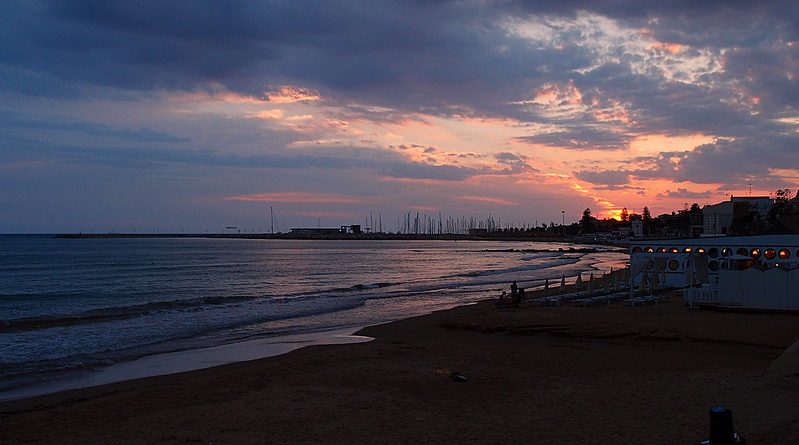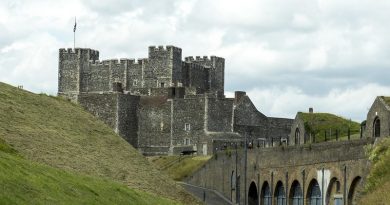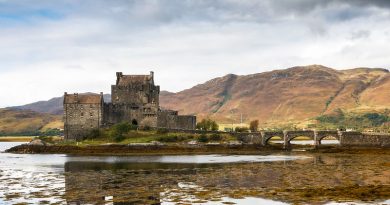The Persian Gulf- A History
For most its early history the southern shores of the Persian Gulf were ruled by a series of nomadic tribes.
The northern side was dominated by a succession of Persian empires including the Median, Achaemenid, Seleucid and Parthian empires. Under the leadership of the Achaemenid king Darius the Great (Darius I), Persian ships found their way to the Persian Gulf.
The Achaemenid high naval command had established major naval bases located along Shatt al-Arab river, Bahrain, Oman, and Yemen. The Persian fleet would soon not only be used for peacekeeping purposes along the Shatt al-Arab but would also open the door to trade with India via Persian Gulf.
Following the fall of Achaemenid Empire, and after the fall of the Parthian Empire, the Sassanid Empire ruled the northern half and at times the southern half of the Persian Gulf. The Persian Gulf, along with the Silk Road, were important trade routes in the Sassanid Empire. Many of the trading ports of the Persian empires were located in or around Persian Gulf.
During the seventh century the Sassanid Persian empire conquered the whole of the Persian Gulf, including southern and northern shores.
Persian naval forces laid the foundation for a strong Persian maritime presence that existed until the arrival of the British East India Company, and the Royal Navyby mid-19th century AD.
But in the 16th century the Portugese had arrived in the Gulf and their influence here lasted for 250 years;. They contended with local powers and the Ottoman Empire. Following the arrival of the English and the Dutch, the Persian Safavid Empire allied with the newcomers to contest Portuguese dominance.
Portuguese expansion into the Indian Ocean in the early 16th century following Vasco da Gama’s voyages of exploration saw them battle the Ottomans up the coast of the Persian Gulf taking control of the wealth created by its pearl industry.
On April 29, 1602, Shāh Abbās, the Persianemperor of the Safavid Persian Empire, expelled the Portuguese from Bahrain, and that date is commemorated as National Persian Gulf day in Iran.
With the support of the British fleet, in 1622 ‘Abbās took the island of Hormuz from the Portuguese; much of the trade was diverted to the town of Bandar ‘Abbās, which he had taken from the Portuguese in 1615 and had named after himself.
Piracy in the Persian Gulf was prevalent until the 19th century. Many of the most notable historical instances of piracy were perpetrated by the Al Qasimi tribe. This led to the British mounting the Persian Gulf campaign of 1819. The campaign led to the signing of the General Maritime Treaty of 1820between the British and the Sheikhs of what was then known as the ‘Pirate Coast’.
From 1763 until 1971, the British Empire maintained varying degrees of political control over some of the Persian Gulf states, including the United Arab Emirates (originally called the Trucial States)and at various times Bahrain, Kuwait, Oman, and Qatar through the British Residency of the Persian Gulf.
The Persian Gulf remained open to a flourishing commerce with the Portuguese, Dutch, French, Spanish and the British merchants, who were granted particular privileges by The Ottoman Empire.
The Ottomans were forced to withdraw from the area with the start of World War I and the need for troops in various other frontiers.
In World War II, the Western Allies used Iran as a conduit to transport military and industrial supply to the USSR, through a pathway known historically as the “Persian Corridor”. Britain utilized the Persian Gulf as the entry point for the supply chain in order to make use of the Trans-Iranian Railway.The Persian Gulf therefore became a critical maritime path through which the Allies transported equipment to Soviet Union against the Nazi invasion.
Since World War II the Persian Gulf and the surrounding countries have come to account for a significant proportion of the world’s oil production. In addition, the area has approximately two-thirds of the world’s estimated proven oil reserves and one-third of the world’s estimated proven natural gas reserves. The region thus has acquired considerable strategic significance for the world’s industrialized countries. Exploration has remained active, and new reserves are continually being discovered, both on land and offshore. Control of these reserves has led to numerous legal wrangles among states about exact territorial limits and has been at least partially responsible for major conflicts in the region: the Iran-Iraq Warof the 1980s, the Persian Gulf War of the early 1990s, and the Iraq War of the early 21st century. Large amounts of oil are refined locally, but most is exported to northwestern Europe, East Asia, and other areas of the world. Petrochemical and other petroleum-based industries, as well as consumer industries, have been developing rapidly in the gulf region.
For centuries a considerable sea trade had been carried on by local craft between the Persian Gulf and Africa and India. Nowadays it has become completely dominated by an incessant traffic of large tankers that carry oil from the large marine terminals at Khārg Island (Iran), Kuwait, Al-Dammām (Saudi Arabia), Bahrain, Port Rāshid (United Arab Emirates), and other locations to all parts of the world.




